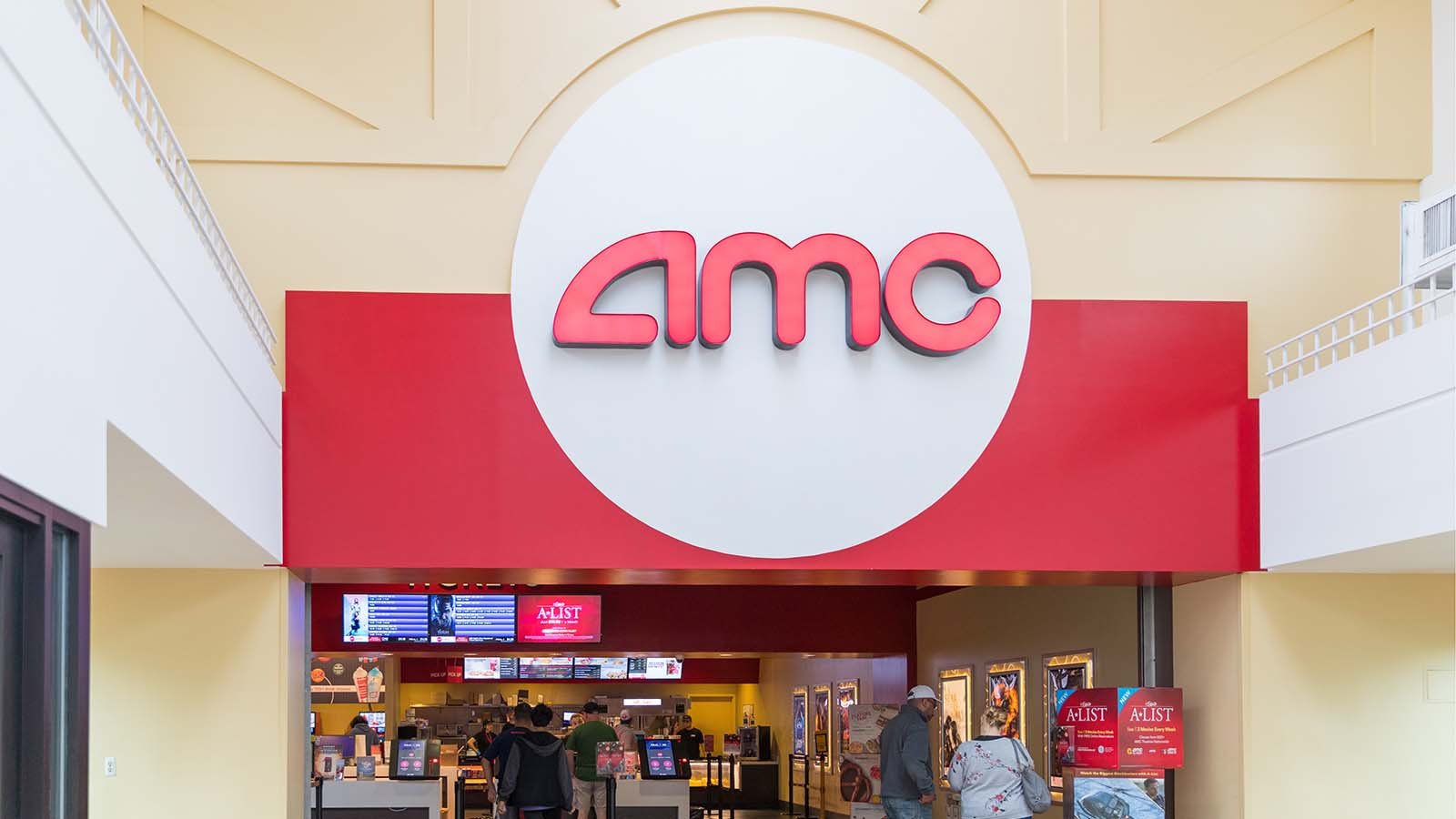Once again, I’ll admit I’ve called it wrong on AMC Entertainment (NYSE:AMC). In my last article on AMC stock, I argued why shares, tumbling lower due to the January sell-off, were likely to hit single-digit prices next.

Of course, that didn’t happen. Instead, for the past month, the popular meme stock has attempted to move back higher. After briefly falling below $15 per share, in recent weeks it briefly made it above $20 per share, before pulling back to around $18.
Yet while it’s had some resiliency, as have other high-risk stocks, that doesn’t mean there’s no more merit in the bear case for it. When it comes to AMC Entertainment, downside risk continues to be very high. Due to last year’s heavy dilution, coupled with the Reddit crowd’s indifference to things like earnings multiples, shares continue to trade at a valuation that’s not sustainable. That’s the case even if a full rebound for its business happens sooner than expected.
Eventually, AMC will continue to slide down to a more reasonable price. My take here remains the same. Staying away is the best move.
The Latest With AMC Stock
Besides the attempted rebound by stocks following the rate-hike driven sell-off, company-specific developments played a role in the recent resiliency of AMC shares. For example, its reporting of preliminary results for its fiscal fourth quarter.
Per these numbers (which are unaudited), the company generated around $1.17 billion in revenue for the quarter ending Dec.. 31. That was above analyst estimates calling for $1.09 billion. The movie theater chain’s adjusted earnings before interest, taxes, depreciation, and amortization (adjusted EBITDA) comes in at between $146.8 million and $151.8 million. That was well above sell-side estimates.
Other developments also helped AMC stock lately, such as news it added more theaters in major U.S. metropolitan areas. Putting all of this together, it may seem like the recovery for this hard-hit company is starting to play out, even as a full recovery for movie theaters likely remains years away.
However, while it may be within sight of producing materially stronger results, don’t view as an invitation to buy AMC stock. Not only is a move back to near its meme stock highs unlikely, further declines in price could still be around the corner.
Valuation Remains the Key Issue
With its big price drop, coupled with the above-mentioned preliminary Q4 numbers, AMC stock now sports a less frothy valuation. But make no mistake, it remains overvalued.
That’s the case, even if we take its reported adjusted EBITDA figure for last quarter, and assume it can be repeated in the quarters ahead. In other words, we’ll say that its recent performance is not mostly due to the release of Spider-Man: No Way Home in December. With adjusted EBITDA at around $150 million, that’s $600 million annualized.
Not too shabby, you may think. Yet compare it to its current enterprise value (EV), or market capitalization, plus debt (including long-term leases), minus cash. Its EV comes in at around $18.43 billion. In short, if it can keep on hitting $150 million in quarterly EBITDA, the stock has an EV/EBITDA ratio of 30.8. That’s well above AMC stock’s historic EBITDA multiple, which through the 2010s, was between 10x and 16x.
At a 16x EBITDA multiple, the company’s enterprise value would be around $9.6 billion. Subtract its $10.92 billion in debt and lease liabilities, and add back in $1.61 billion in cash, its implied market cap falls to $290 million. That’s around 57 cents per share. Give it a lower EBITDA multiple, and its net value goes underwater.
The Bottom Line
Yes, my back-of-the-envelope calculations do not tell the whole picture. In the coming years, as movie theaters return to normal, AMC could get back to reporting EBITDA at or above the amount that it reported in 2o18, which was $847.1 million.
But even then, a full return to its EBITDA high-water mark still implies big downside risk for shares. Running the same calculations using the 2018 figure, its implied value falls to $4.24 billion, or around $8.25 per share. That’s less than half of what it trades for today.
Further downside will vary, depending on how its recovery plays out. But as the chances of another big collapse in price remain very high, continue to err on the side of caution when it comes to AMC stock.
On the date of publication, Thomas Niel did not have (either directly or indirectly) any positions in the securities mentioned in this article. The opinions expressed in this article are those of the writer, subject to the InvestorPlace.com Publishing Guidelines.
Thomas Niel, a contributor for InvestorPlace.com, has been writing single-stock analysis for web-based publications since 2016.
